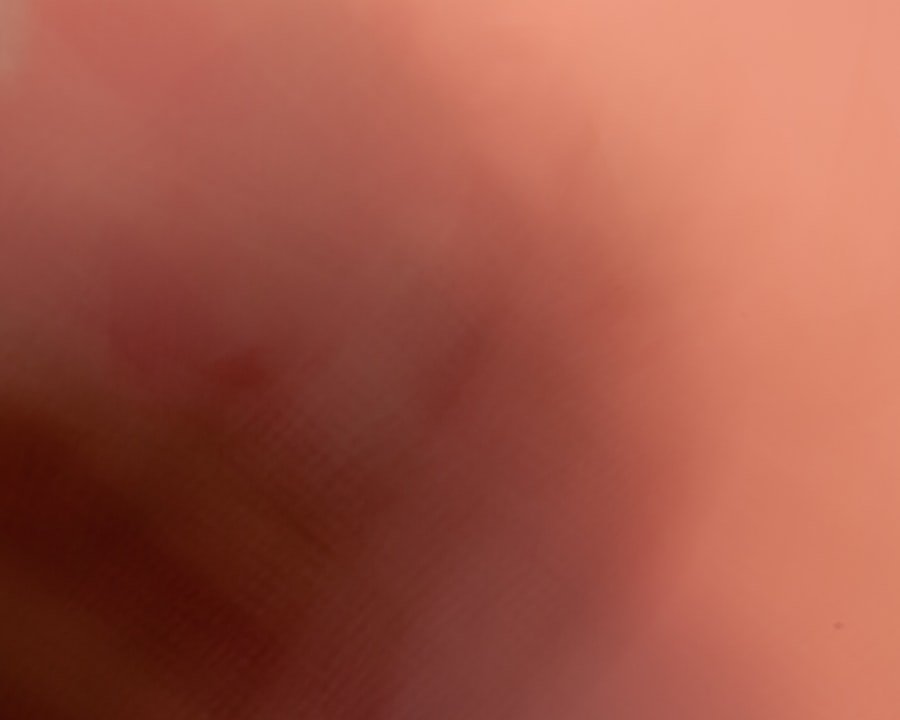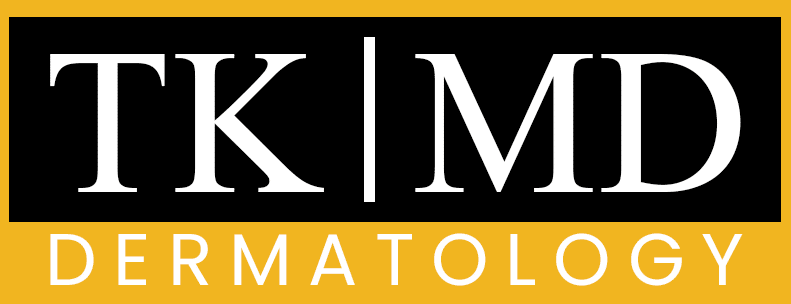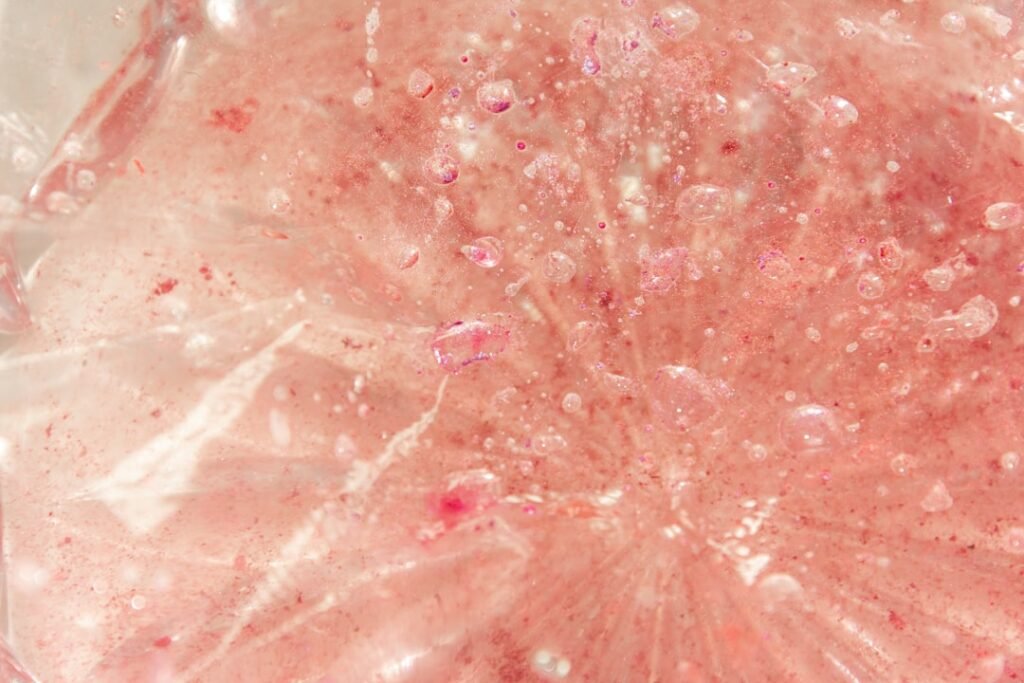Cystic pimples, often referred to as cystic acne, represent one of the more severe forms of acne. They are characterized by deep, inflamed lesions that can be painful and are typically filled with pus. Unlike regular pimples, which may form on the surface of the skin, cystic pimples develop deeper within the skin layers.
This depth contributes to their painful nature and the difficulty in treating them effectively. The formation of cystic acne is primarily linked to hormonal fluctuations, particularly during puberty, menstruation, or due to conditions like polycystic ovary syndrome (PCOS). These hormonal changes can lead to increased oil production in the sebaceous glands, clogging pores and creating an environment conducive to bacterial growth.
The presence of cystic pimples can significantly impact an individual’s self-esteem and emotional well-being. The visible nature of these lesions often leads to feelings of embarrassment or self-consciousness, which can exacerbate the psychological effects of acne. Furthermore, cystic acne is notorious for leaving behind scars and hyperpigmentation, making it essential to address not only the current breakouts but also the long-term consequences on skin health.
Understanding the underlying causes and mechanisms of cystic acne is crucial for effective treatment and management.
Key Takeaways
- Cystic pimples are deep, painful, and often appear as large red bumps on the skin
- A proper skincare routine including gentle cleansing and non-comedogenic products can help prevent cystic pimples
- Over-the-counter treatments like benzoyl peroxide and salicylic acid can help reduce inflammation and unclog pores
- Prescription medications such as oral antibiotics and isotretinoin may be necessary for severe cases of cystic acne
- Professional treatments like cortisone injections and laser therapy can be effective in treating stubborn cystic pimples
- Lifestyle changes such as managing stress and maintaining a healthy diet can help improve cystic acne
- Avoiding irritants like harsh skincare products and picking at the skin can prevent worsening of cystic pimples
- Seeking medical advice from a dermatologist is important for developing a personalized treatment plan for cystic acne
Proper Skincare Routine
Establishing a proper skincare routine is fundamental in managing cystic pimples. A well-structured regimen can help reduce the frequency and severity of breakouts while promoting overall skin health. The first step in any effective skincare routine is cleansing.
It is essential to use a gentle, non-comedogenic cleanser that effectively removes excess oil, dirt, and makeup without stripping the skin of its natural moisture. Cleansing should be done twice daily—once in the morning and once before bed—to maintain a clean slate for the skin. Following cleansing, incorporating a toner can help balance the skin’s pH levels and remove any residual impurities.
Toners containing ingredients like witch hazel or salicylic acid can be particularly beneficial for those prone to cystic acne, as they help to tighten pores and reduce inflammation. After toning, applying a lightweight, oil-free moisturizer is crucial. Many individuals with oily or acne-prone skin may shy away from moisturizers, fearing they will exacerbate breakouts.
However, hydration is vital for maintaining skin barrier function and preventing overproduction of oil. Look for moisturizers labeled as “non-comedogenic” to ensure they won’t clog pores.
Over-the-Counter Treatments

Over-the-counter (OTC) treatments can be an effective first line of defense against cystic pimples. These products often contain active ingredients that target acne at various stages of its development. One of the most common ingredients found in OTC acne treatments is benzoyl peroxide.
This powerful antibacterial agent works by killing the bacteria responsible for acne while also helping to unclog pores and reduce inflammation. Benzoyl peroxide is available in various concentrations, allowing individuals to choose a product that suits their skin’s sensitivity. Another popular ingredient is salicylic acid, a beta hydroxy acid (BHA) that penetrates deep into the pores to exfoliate and clear out debris.
Salicylic acid is particularly effective for those with oily skin types, as it helps to dissolve excess sebum and prevent future breakouts. Many OTC products combine these ingredients with soothing agents like aloe vera or chamomile to minimize irritation. When using OTC treatments, it’s essential to start slowly, applying them every other day or every few days initially to gauge how the skin reacts before increasing frequency.
Prescription Medications
| Medication Name | Usage | Side Effects |
|---|---|---|
| Aspirin | Relieves pain and reduces fever | Stomach irritation, bleeding |
| Amoxicillin | Treats bacterial infections | Nausea, diarrhea |
| Simvastatin | Lowers cholesterol | Muscle pain, liver problems |
For individuals with persistent cystic acne that does not respond to OTC treatments, prescription medications may be necessary. Dermatologists often prescribe topical retinoids such as tretinoin or adapalene, which are derived from vitamin These medications work by promoting cell turnover, preventing clogged pores, and reducing inflammation. Retinoids can be particularly effective for treating cystic acne as they help to normalize skin cell shedding and prevent the formation of new lesions.
In more severe cases, oral medications may be prescribed. Antibiotics like doxycycline or minocycline can help reduce inflammation and bacterial growth associated with cystic acne. Additionally, hormonal treatments such as birth control pills may be recommended for women whose cystic acne is linked to hormonal fluctuations.
These medications work by regulating hormones that contribute to increased oil production in the skin. Isotretinoin, a powerful oral retinoid, is often considered a last resort due to its potential side effects but can lead to significant long-term improvement for those with severe cystic acne.
Professional Treatments
In addition to medications, various professional treatments are available for managing cystic pimples effectively. One common procedure is chemical peels, which involve applying a solution containing acids like glycolic or salicylic acid to exfoliate the skin’s surface and promote cell turnover. Chemical peels can help reduce the appearance of existing cystic acne while preventing future breakouts by keeping pores clear.
Another option is light therapy, which utilizes specific wavelengths of light to target acne-causing bacteria and reduce inflammation. Blue light therapy is particularly effective in killing Propionibacterium acnes, the bacteria responsible for acne development. Additionally, laser treatments can help reduce redness and scarring associated with cystic acne by promoting collagen production and improving overall skin texture.
For those with severe scarring from past cystic acne outbreaks, microneedling may be recommended. This procedure involves using fine needles to create micro-injuries in the skin, stimulating the body’s natural healing process and promoting collagen production. As a result, microneedling can improve the appearance of scars while also enhancing overall skin tone and texture.
Lifestyle Changes

Making certain lifestyle changes can significantly impact the management of cystic pimples. Diet plays a crucial role in skin health; therefore, adopting a balanced diet rich in whole foods can help mitigate breakouts. Foods high in antioxidants—such as fruits and vegetables—can combat oxidative stress and inflammation in the body.
Omega-3 fatty acids found in fish like salmon or flaxseeds may also help reduce inflammation associated with acne. Hydration is another essential factor; drinking adequate water throughout the day helps maintain skin elasticity and overall health. Additionally, reducing sugar intake and avoiding highly processed foods can be beneficial since these foods may trigger insulin spikes that contribute to increased oil production in the skin.
Stress management is equally important when addressing cystic acne. Stress can lead to hormonal fluctuations that exacerbate breakouts; therefore, incorporating stress-reducing practices such as yoga, meditation, or regular exercise can be advantageous. Engaging in activities that promote relaxation not only benefits mental health but also supports clearer skin.
Avoiding Irritants
Identifying and avoiding irritants is crucial for individuals prone to cystic pimples. Certain skincare products may contain harsh ingredients that can exacerbate inflammation or clog pores. It’s advisable to avoid products containing alcohol or fragrances, as these can irritate sensitive skin and lead to increased breakouts.
Instead, opt for gentle formulations specifically designed for acne-prone skin. Additionally, being mindful of hair products is essential; oils or heavy styling products can transfer onto the skin and contribute to clogged pores along the hairline or forehead. Choosing non-comedogenic hair products can help minimize this risk.
Environmental factors also play a role in skin health; pollution and exposure to harsh weather conditions can irritate the skin barrier and trigger breakouts. Regularly cleansing the face after exposure to pollutants or sweat can help keep pores clear and reduce inflammation.
Seeking Medical Advice
When dealing with persistent cystic pimples, seeking medical advice from a dermatologist is crucial for effective management. A dermatologist can provide a comprehensive evaluation of an individual’s skin condition and recommend tailored treatment options based on specific needs. They may perform tests to determine underlying hormonal imbalances or other contributing factors that could be exacerbating acne.
In addition to prescribing appropriate medications or treatments, dermatologists can offer guidance on skincare routines tailored to individual skin types and concerns. They can also provide education on lifestyle modifications that may support clearer skin over time. Regular follow-up appointments with a dermatologist are essential for monitoring progress and making necessary adjustments to treatment plans as needed.
This collaborative approach ensures that individuals receive comprehensive care tailored to their unique circumstances while effectively managing cystic pimples and promoting long-term skin health.
If you are struggling with cystic pimples, you may want to consider reading Dr. Trisha Khanna’s article on effective solutions for hair loss here. Dr. Khanna is a renowned dermatologist who provides valuable insights on various skin and hair issues. Her expertise in the field can offer helpful tips and recommendations for managing cystic pimples and other skin concerns.
FAQs
What is a cystic pimple?
A cystic pimple is a severe form of acne that occurs when oil and dead skin cells clog up a hair follicle, leading to a large, painful, and inflamed bump under the skin.
What causes cystic pimples?
Cystic pimples are caused by a combination of factors, including excess oil production, bacteria, and inflammation. Hormonal changes, genetics, and certain medications can also contribute to the development of cystic pimples.
How are cystic pimples treated?
Treatment for cystic pimples may include prescription medications such as oral antibiotics, isotretinoin, or corticosteroid injections. Topical treatments, such as retinoids and benzoyl peroxide, may also be used. In some cases, drainage or extraction of the cyst may be necessary.
Can cystic pimples be prevented?
While it may not be possible to completely prevent cystic pimples, maintaining a good skincare routine, avoiding harsh products, and managing stress levels can help reduce the risk of developing them. It’s also important to avoid picking or squeezing pimples, as this can worsen inflammation and lead to scarring.
When should I see a doctor for a cystic pimple?
If you have a cystic pimple that is large, painful, and not improving with over-the-counter treatments, it’s important to see a dermatologist for proper evaluation and treatment. Additionally, if you experience frequent or severe cystic pimples, it’s a good idea to seek medical advice.


